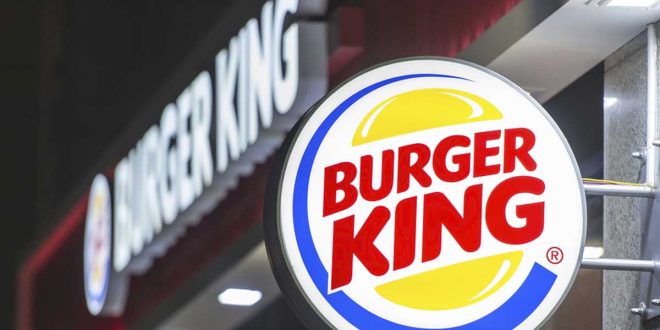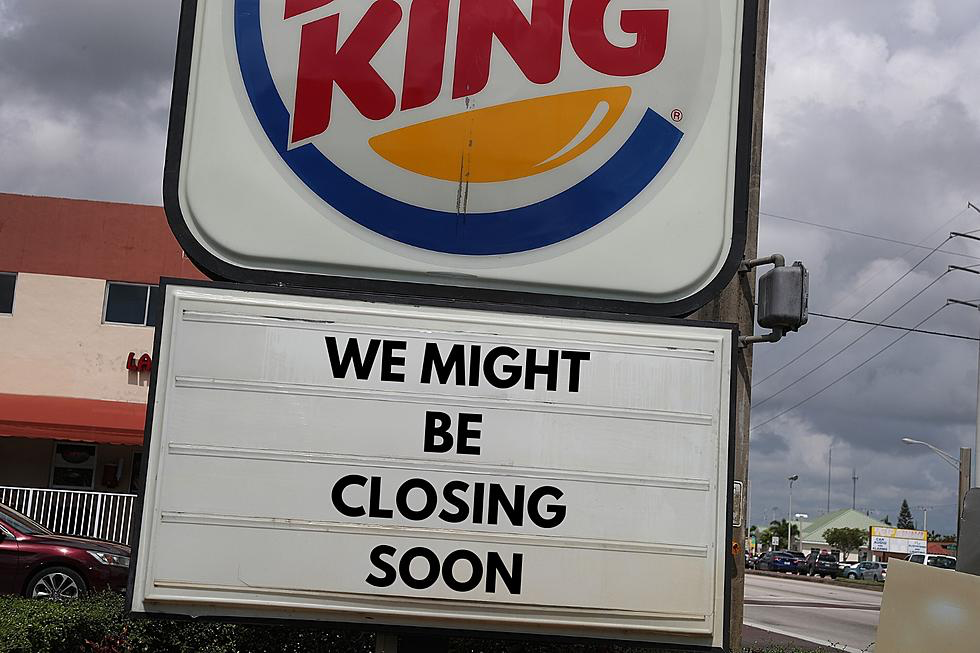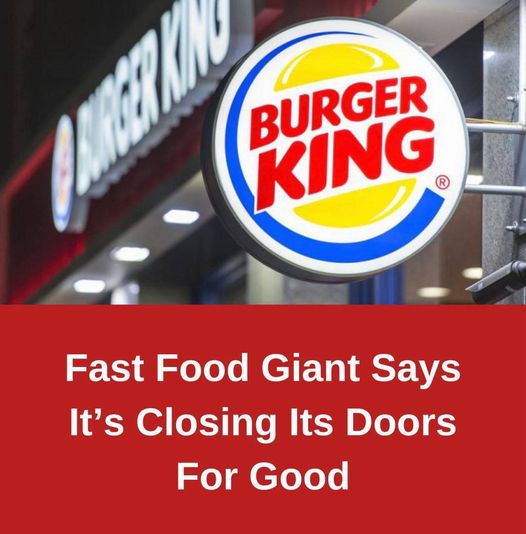
Burger King, a renowned leader in the fast food industry, is undergoing significant changes as it embarks on a new transformative journey.
In 2021, this iconic brand initiated a major transformation, the first in two decades, by revamping its logo to echo its classic style from the 1970s, 80s, and 90s.
Designer Lisa Smith explains the nostalgic inspiration behind the redesign, “We revisited numerous design explorations but continually returned to Burger King’s original iconic logo from 1969 and 1994, a period when our brand was at its peak.”
“The revamped logo celebrates our rich heritage with a modern, simplified, and lively design,” Smith adds.
CEO Joshua Kobza announced plans to close between 300 and 400 underperforming locations to enhance overall performance.
Up until March of 2023, the company shut down 124 sites, with 6,964 branches remaining nationwide.
As the third-largest fast food chain in the US, following Wendy’s and McDonald’s, Burger King is determined not to lag behind competitors by strategically closing certain locations.
Chairman Patrick Doyle emphasized the importance of dedicating support to passionate franchisees, stating, “There’s no place for partners who lack the commitment to maintain high operational standards within our system.”

To reaffirm its market position, Burger King launched the ‘Reclaim the Flame’ campaign in 2022, investing $400 million in restaurant renovations, marketing, and menu enhancements.
This intensive modernization initiative encompasses technological advancements, improvements in kitchen functions, and overall aesthetic upgrades to provide customers with superior dining experiences.
With a sharp focus on evolving consumer preferences and market trends, Burger King’s strategic closures are meant to streamline operations and bolster overall performance in the competitive fast-food arena.




